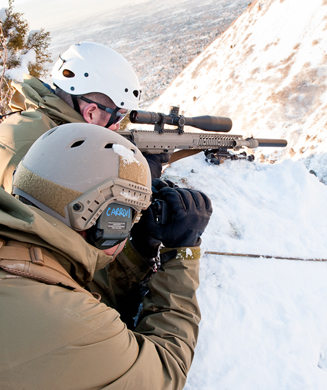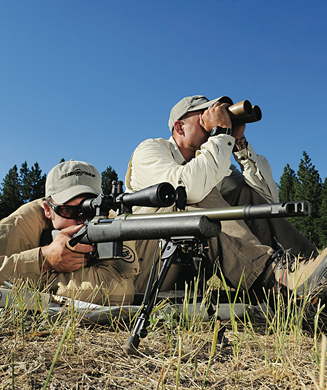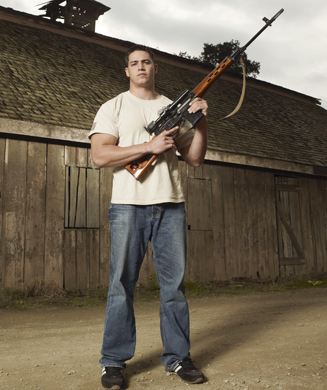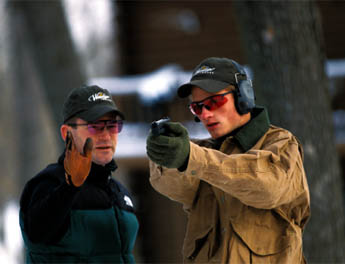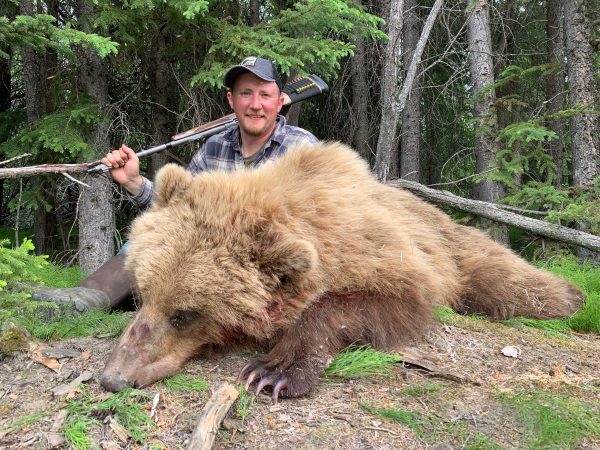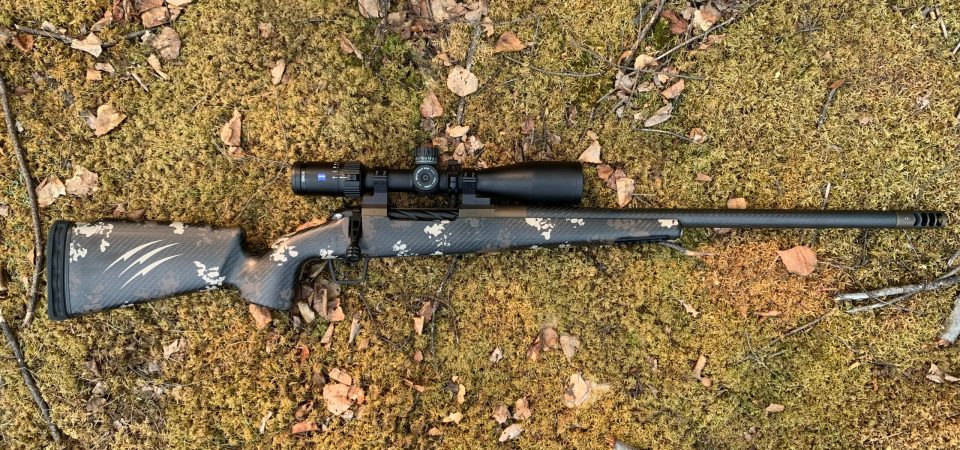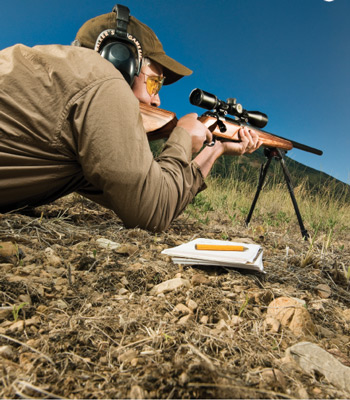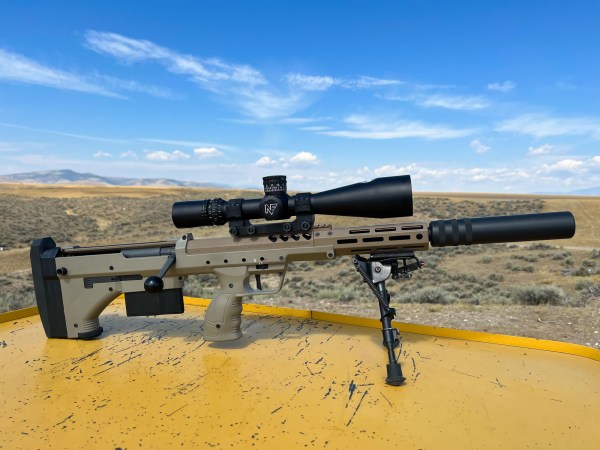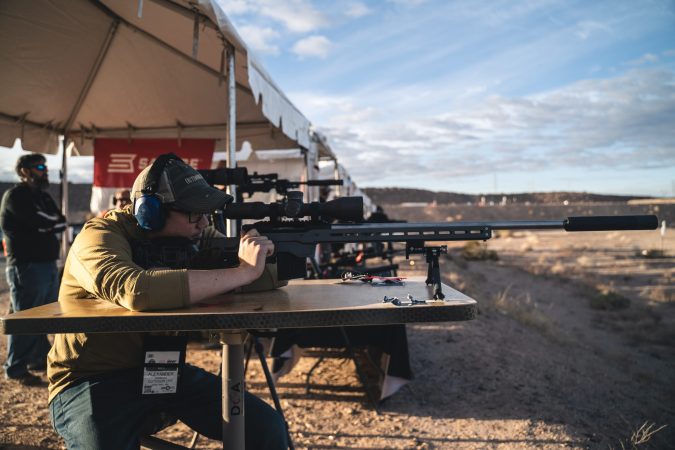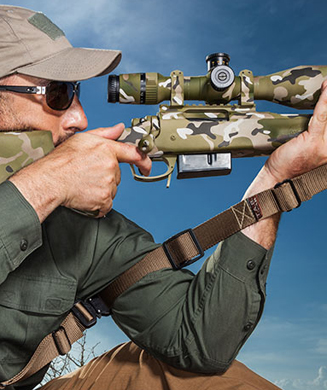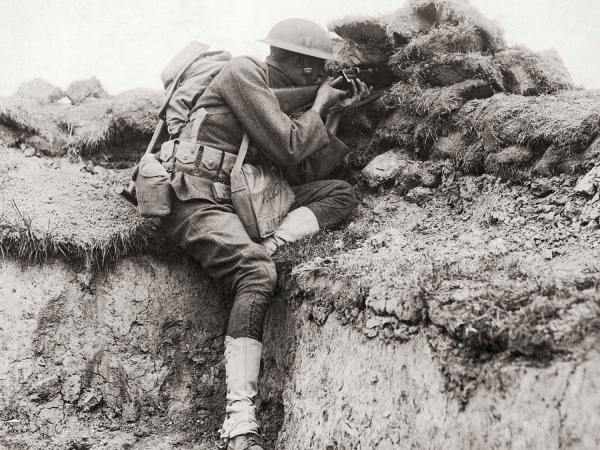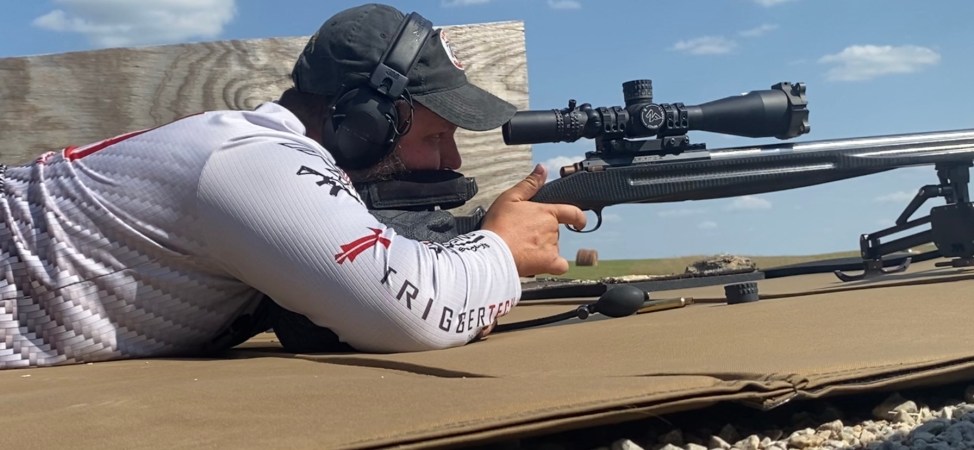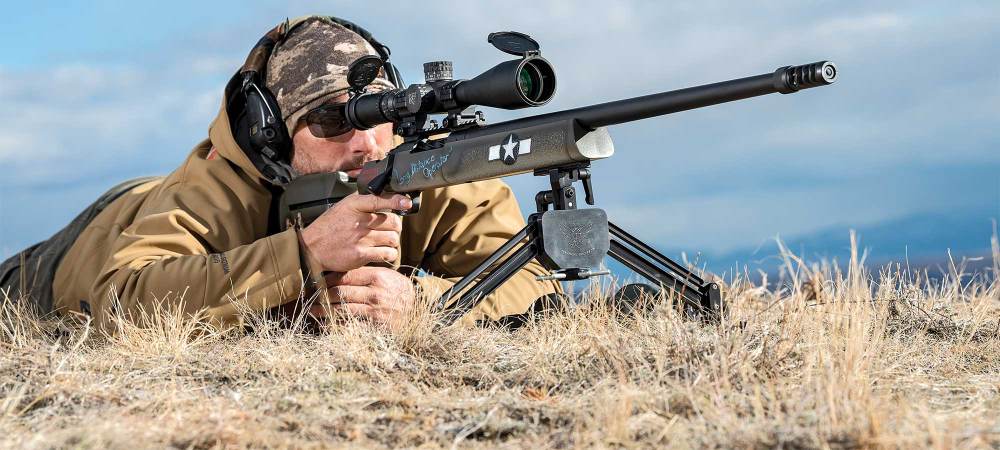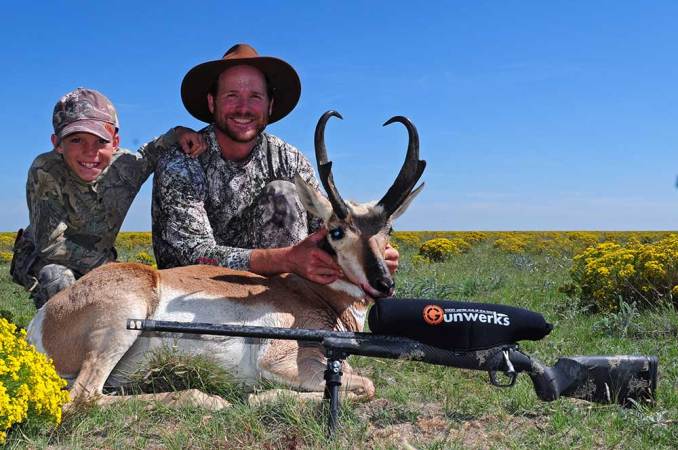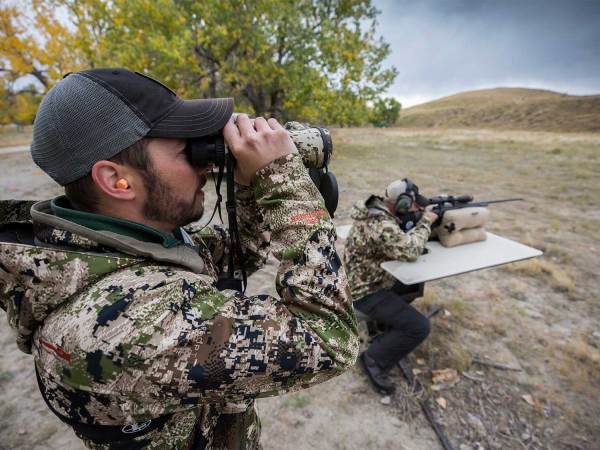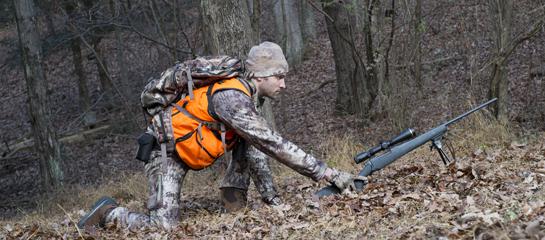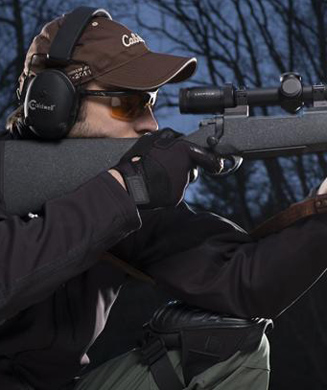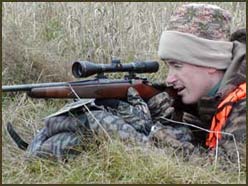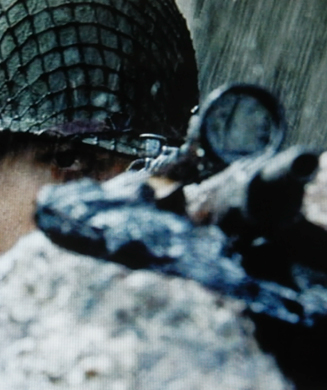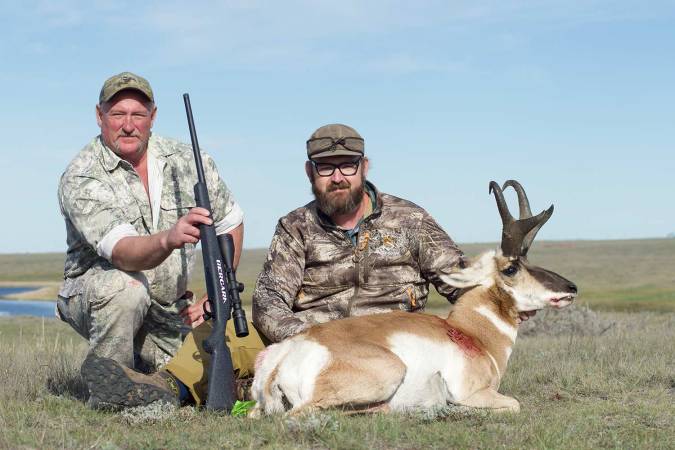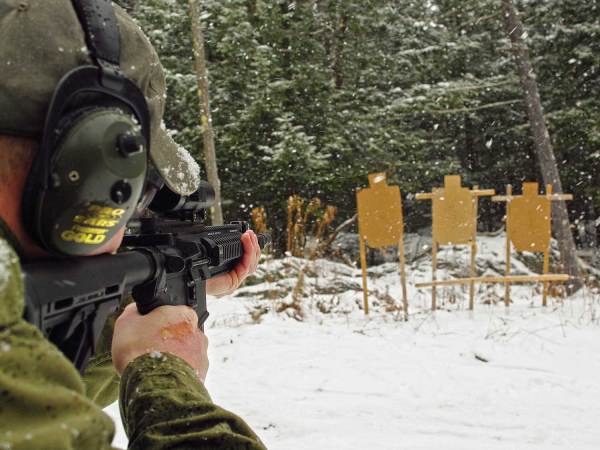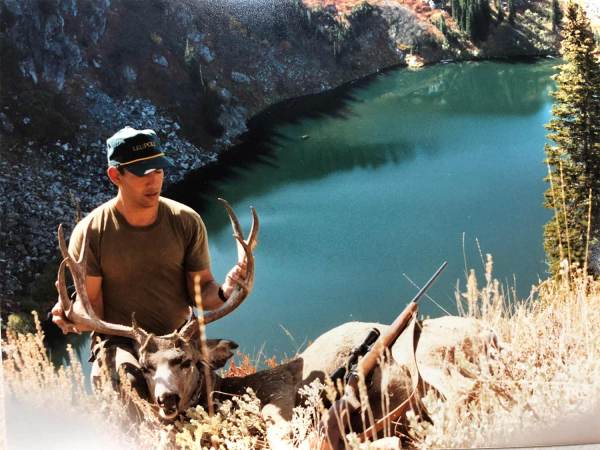We may earn revenue from the products available on this page and participate in affiliate programs. Learn More ›
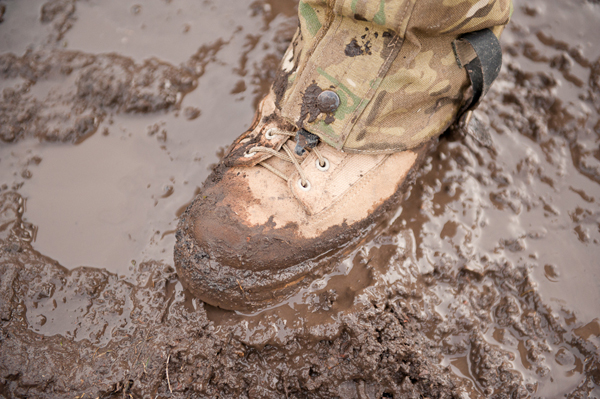
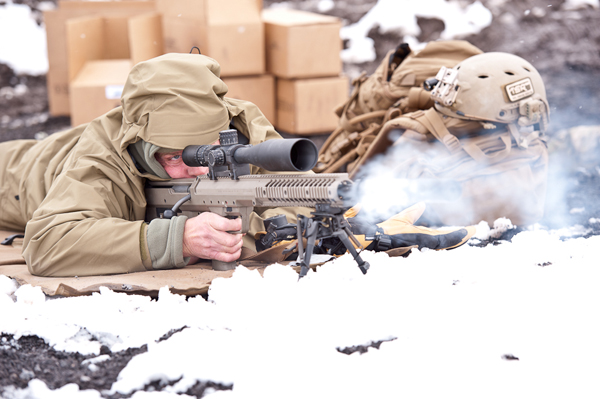
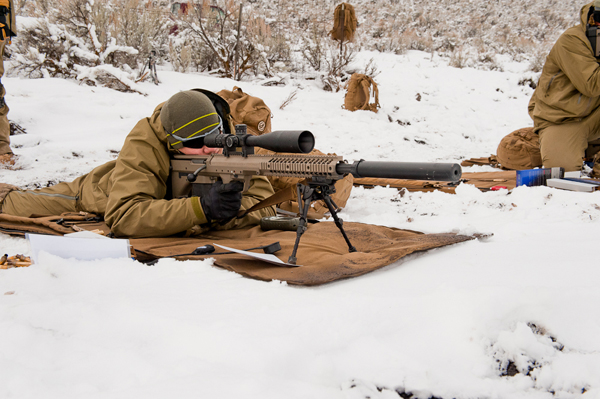
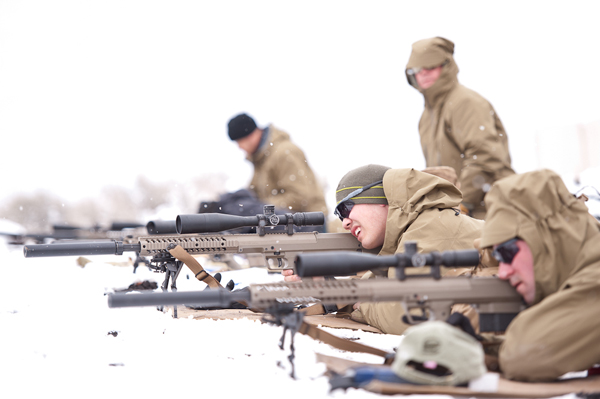
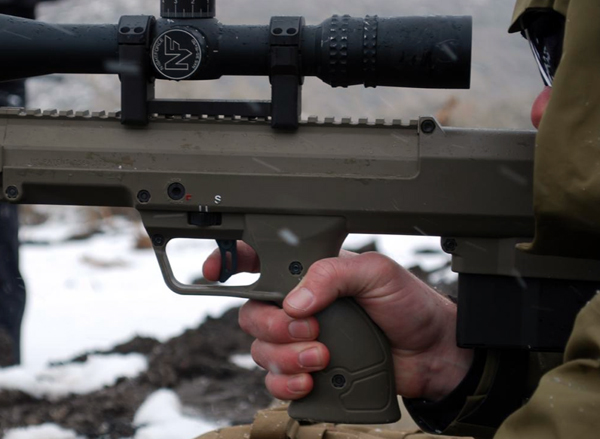
Your finger should be pointing perpendicular to the direction you're aiming, not curled in or angled out. Pull the trigger straight back, don't jack it to the left or right, because that will push your bullet left or right downrange. Don't slap the trigger and stay on it after the shot (think of follow through on a golf swing). Get to know your trigger, don't let it surprise you when the gun goes off. They tell new shooters the rifle firing should be a surprise (this is to prevent flinching) but an experienced shooter should know exactly when the gun will fire. Master these points by dry firing your gun.
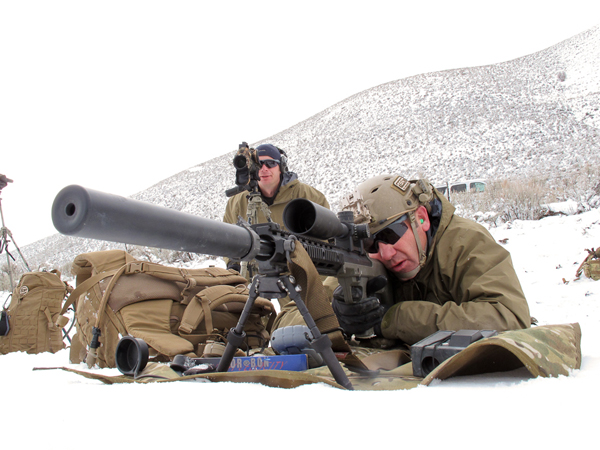
As you breathe and look through the scope you'll notice your crosshairs moving up and down with your breath. Take one deep breath and then look through your scope. You want to shoot at the bottom of your normal breathing cycle (when you have let out all of your air). Don't hold your breath. If you start breathing heavy and can't smoothly get to the bottom of your cycle back off, take another deep breath and try again. I get excited every time I get behind the rifle. Like Pavlov's dog I instinctually expect something good to happen, but instead of drooling I start breathing heavy. I overcame this by simply looking through the scope with the gun unloaded and just sat there breathing (and thinking about breathing). This sounds stupid but it actually worked.
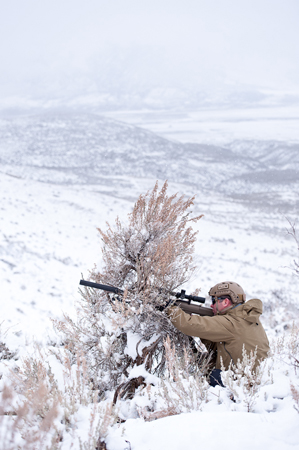
Natural point of aim is where your body will point the gun without your brain telling you where to point it. Here's how to find it: get into shooting position and put your crosshairs on the target. Now close your eyes for a few seconds and relax with the gun still to your shoulder. Now open your eye and look through the scope. If your crosshairs have drifted off the target then you weren't at your natural point of aim. Reposition yourself and try it again until the crosshairs are still on target when you open your eyes.
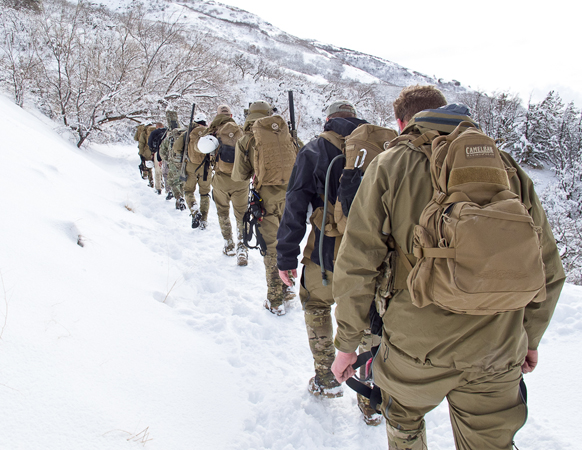
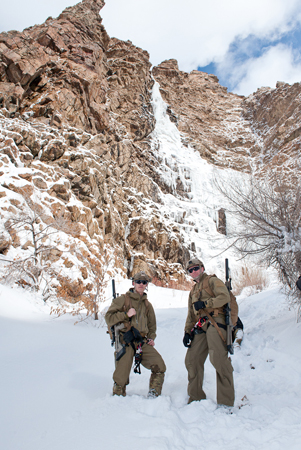
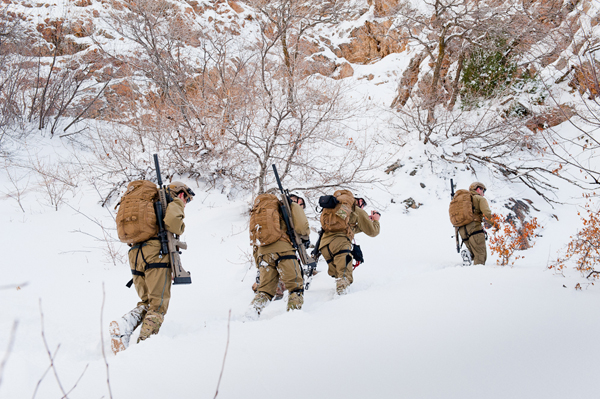
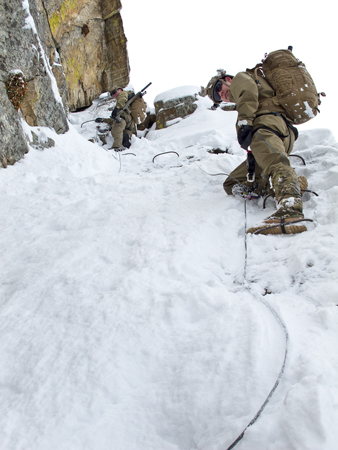
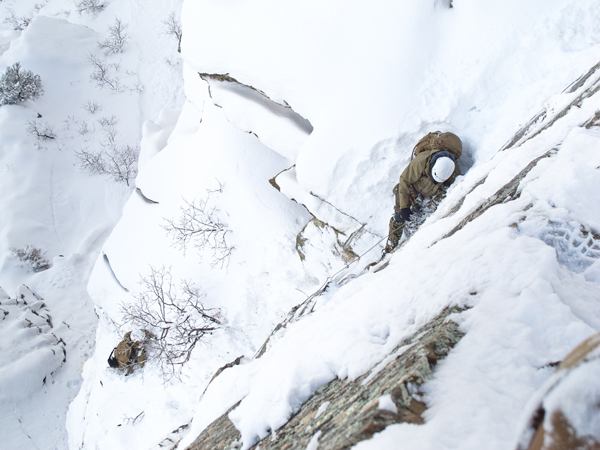
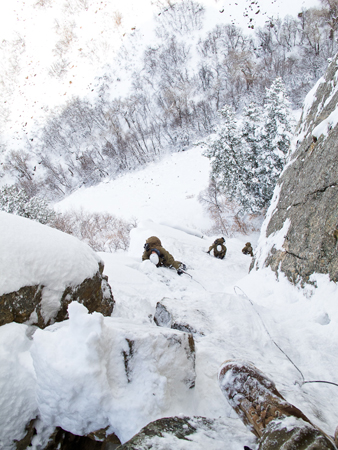
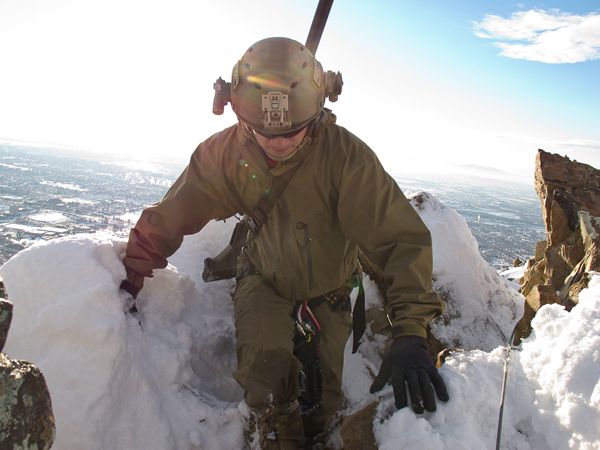
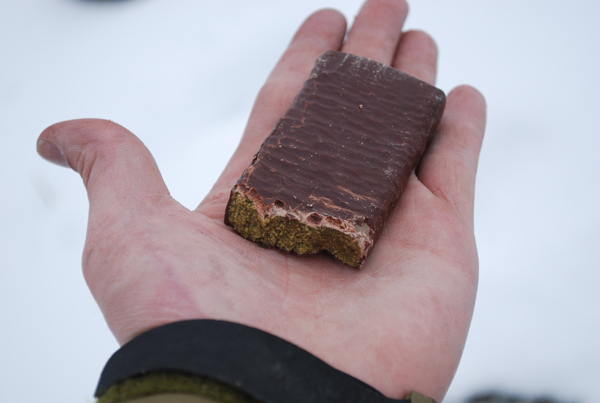
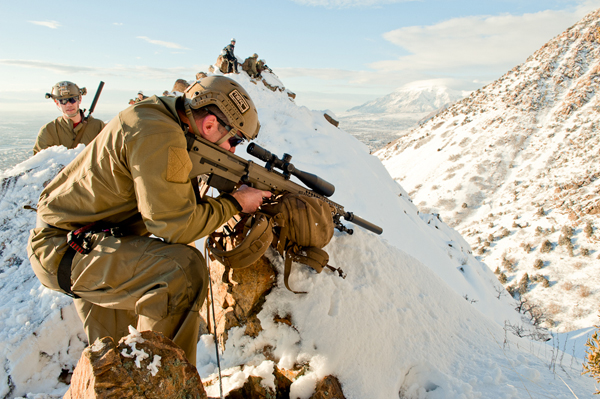
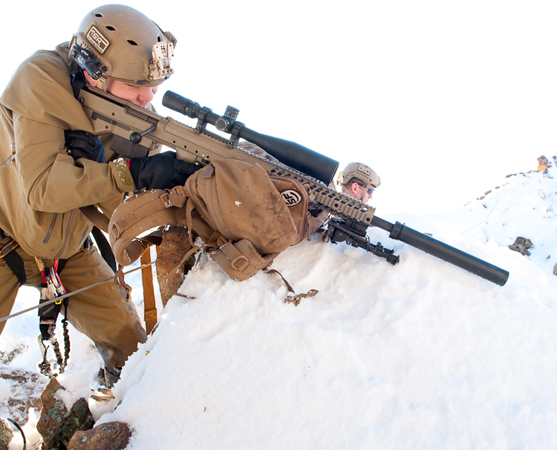
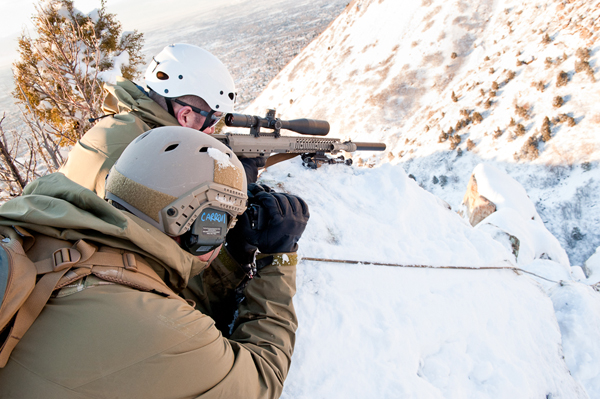
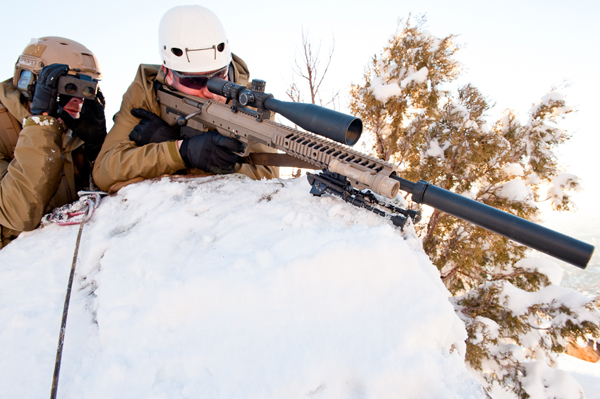
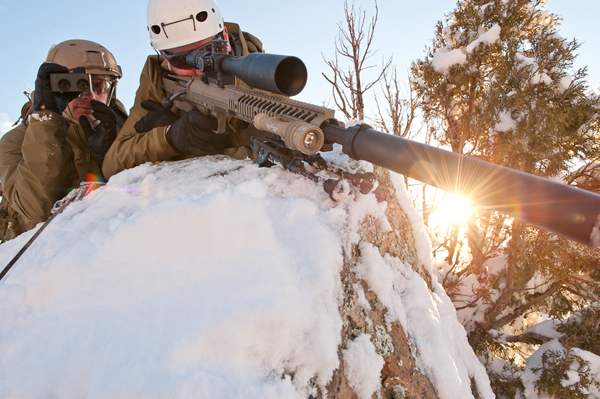
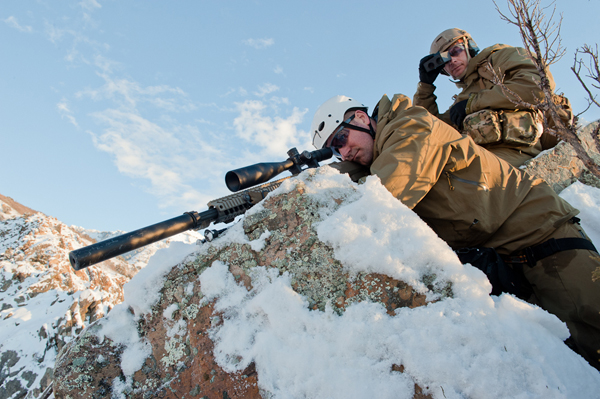
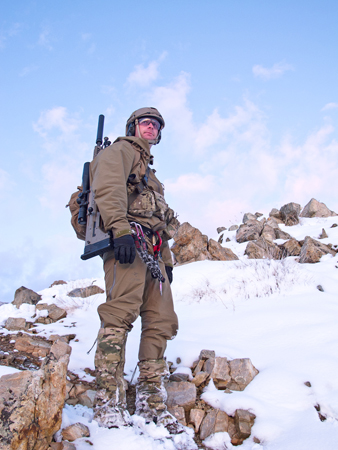
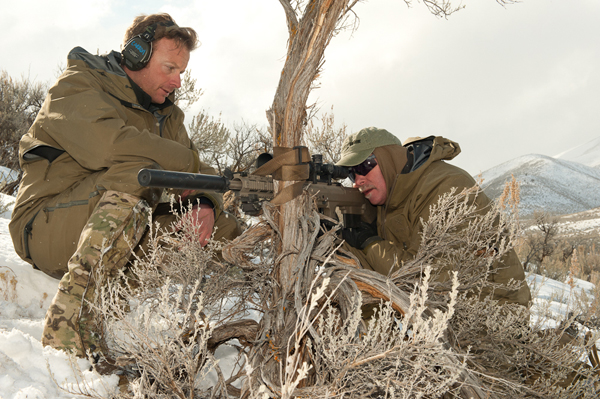
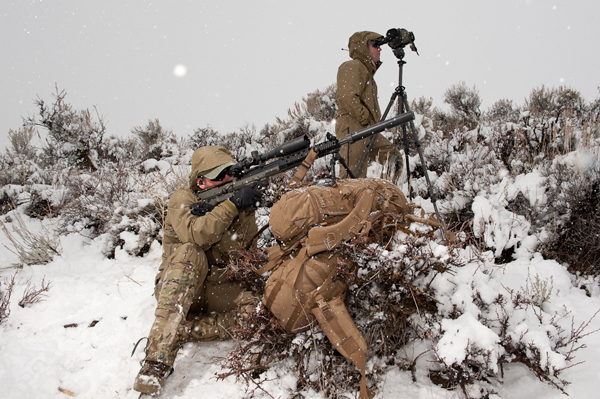
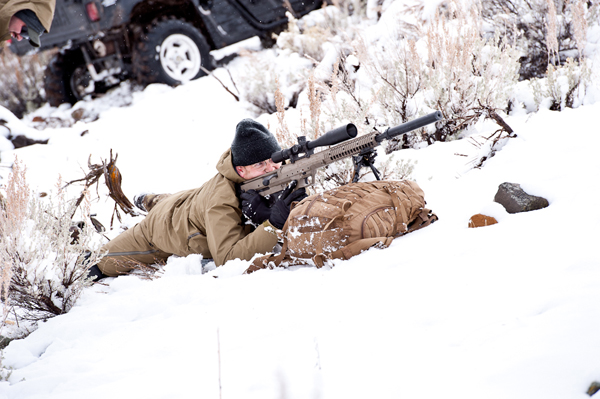
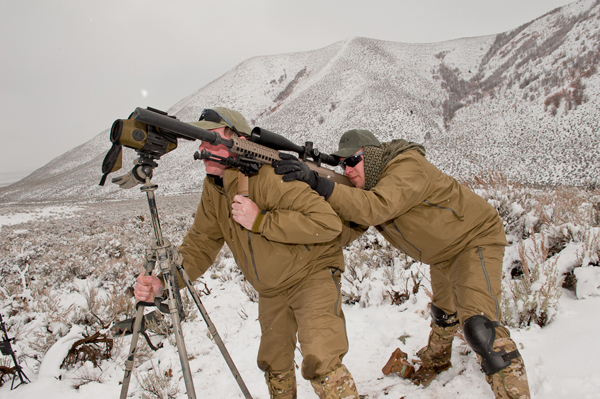
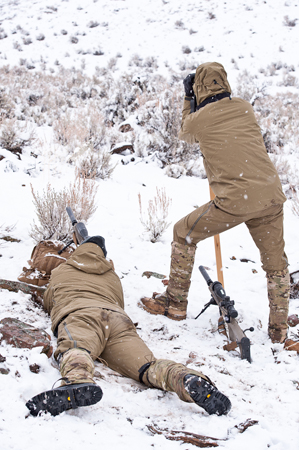
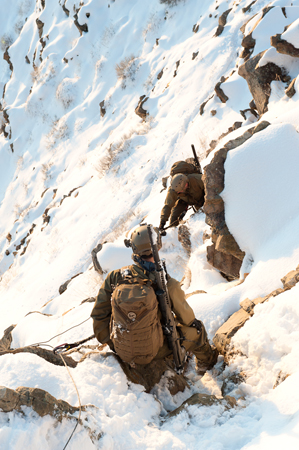
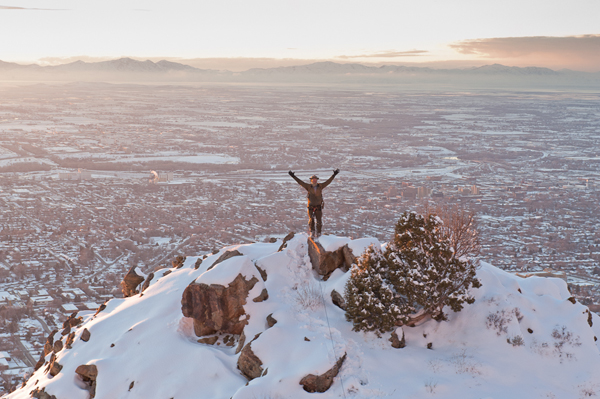
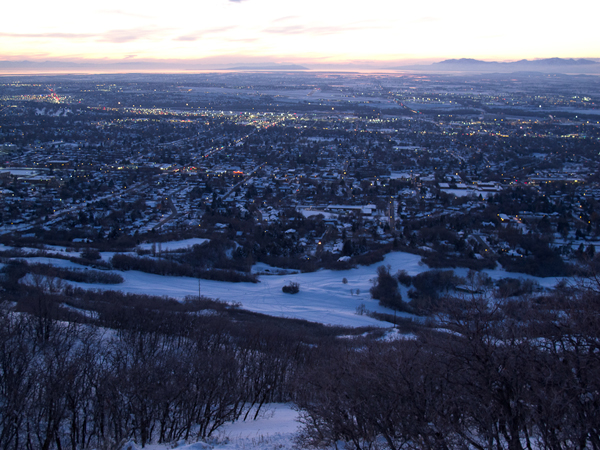
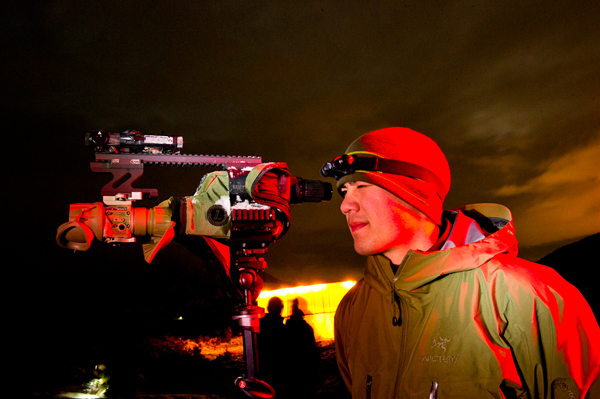
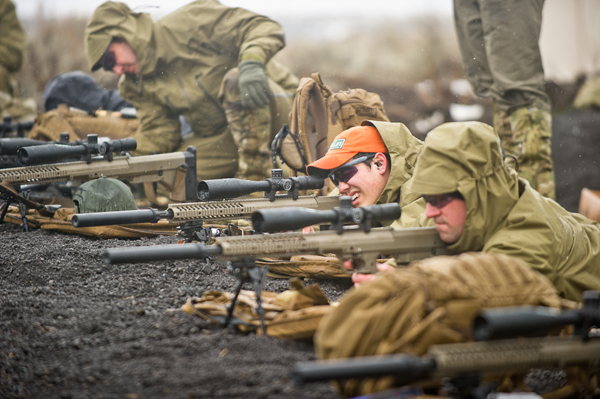
I had just fired my first round on day one of sniper school when the instructor came over to me. "Son, you need to start breathing or you're going to pass out," he said. It was the easiest task we would have to do all week: shoot five rounds into a 100-yard target from the prone position. I was already overexcited and shaky. I had been training and waiting for this trip for weeks and now that I was finally behind the rifle, anticipation took over. Was it possible to give yourself buck fever while shooting at a paper target? I guess I would find out. Photos by: Sean Utley, Derek McDonald and Alex Robinson
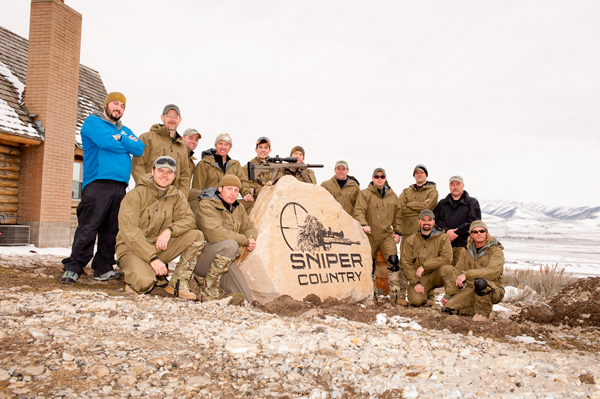
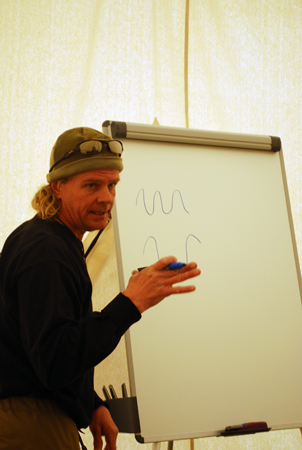
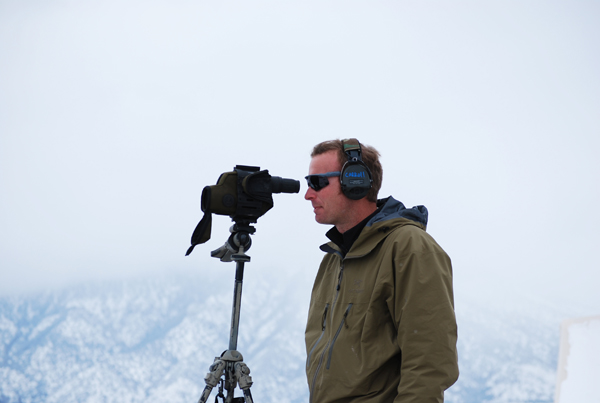
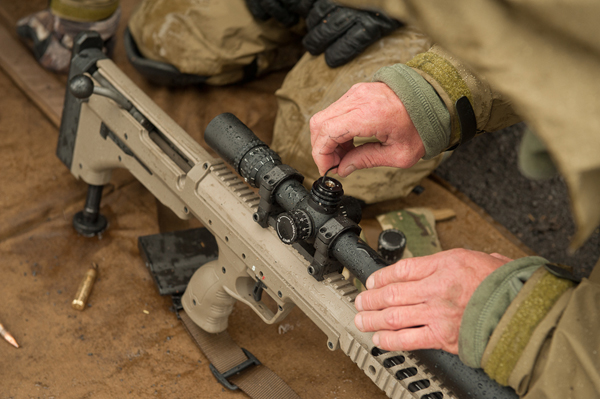
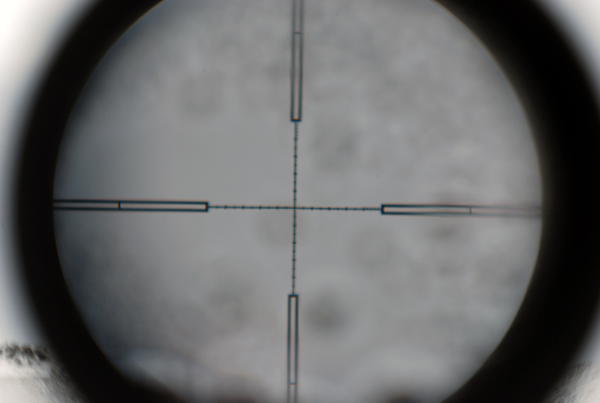
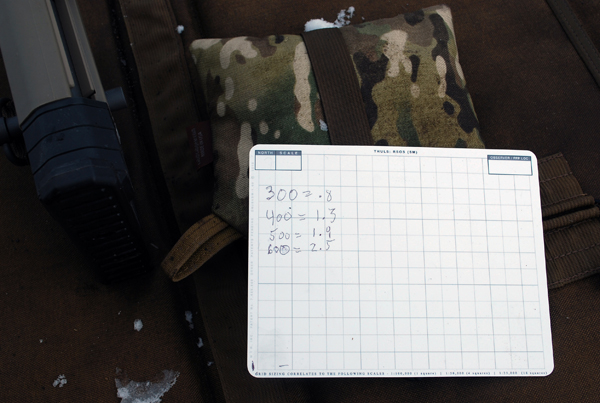
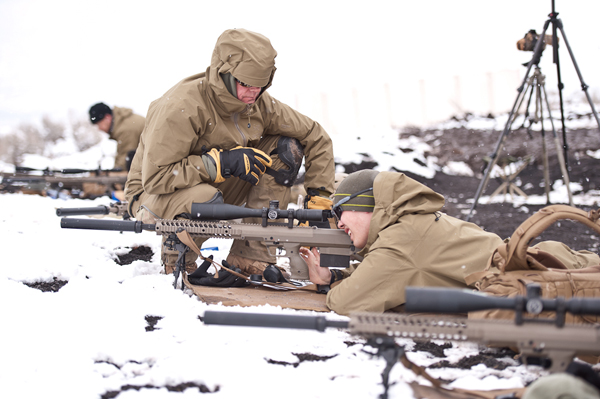
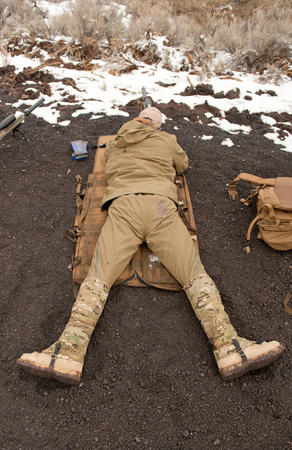
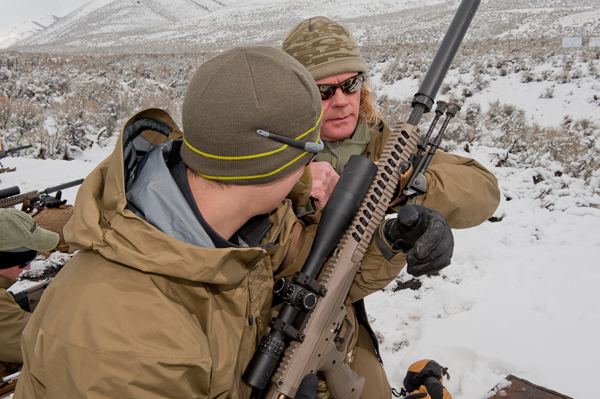
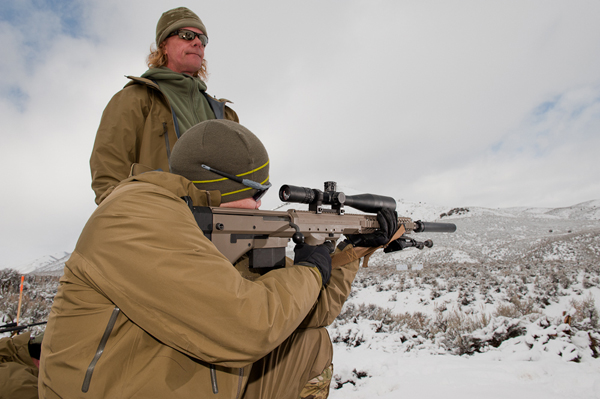
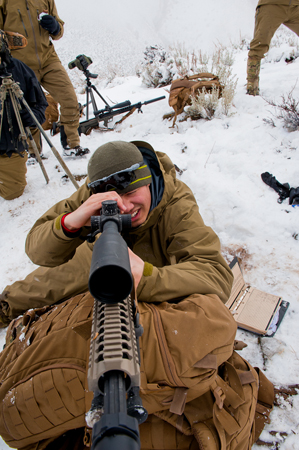
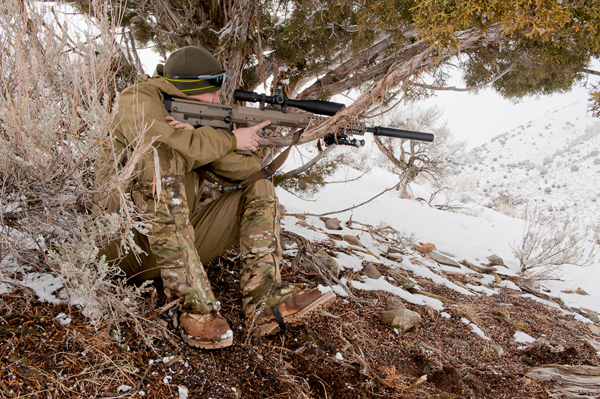
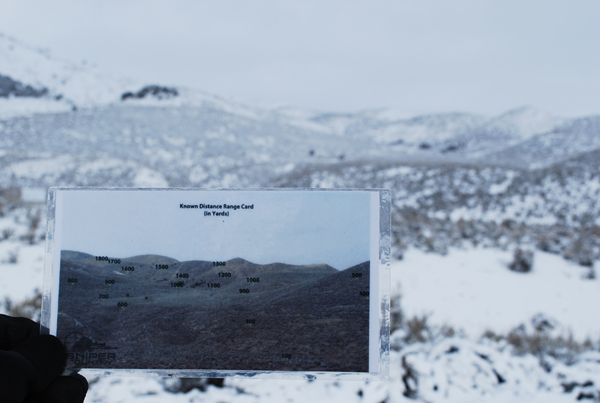
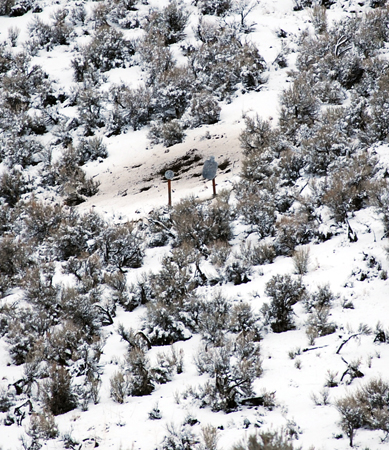
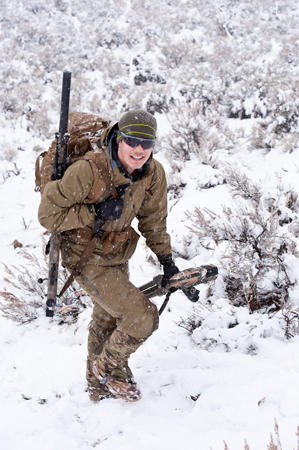
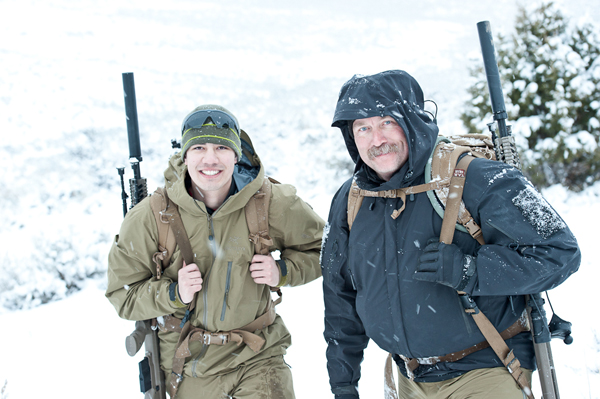
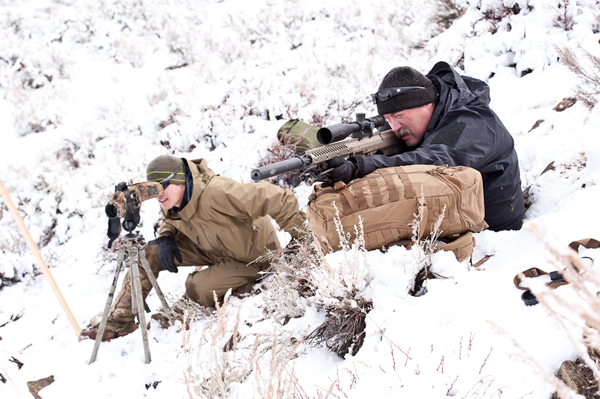
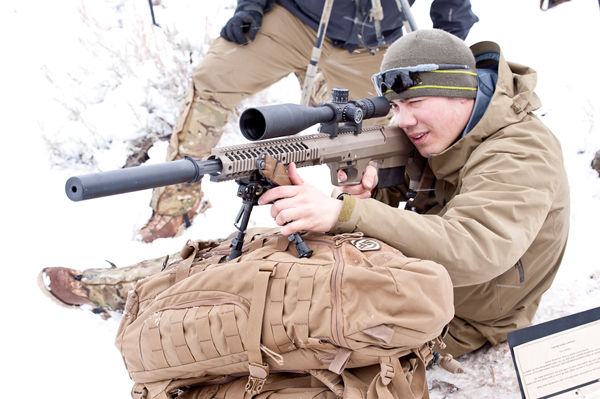
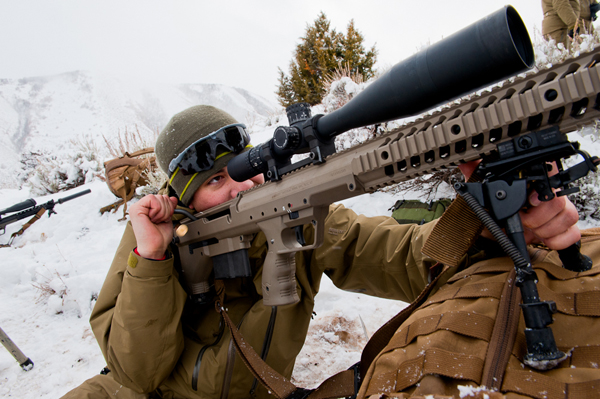
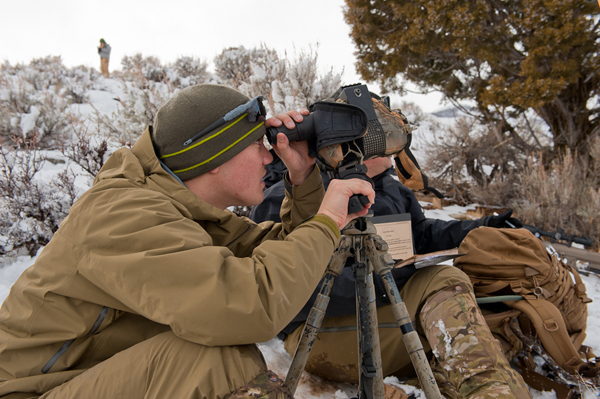
1) Find the target with patience and a good spotting scope
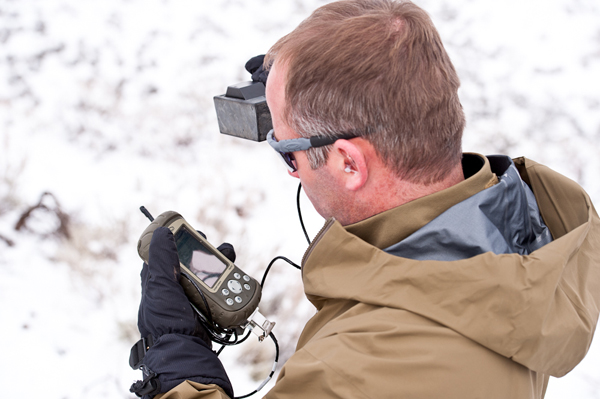
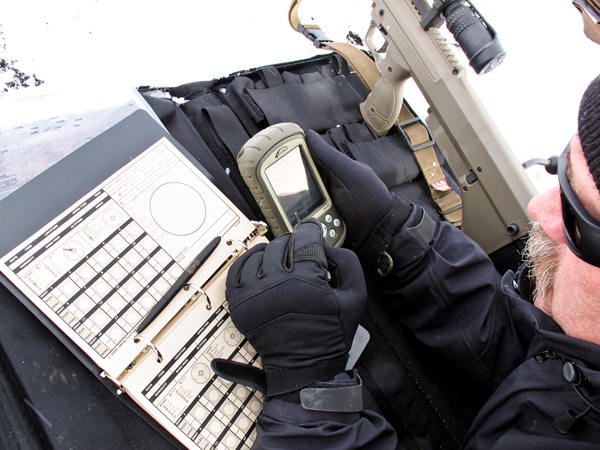
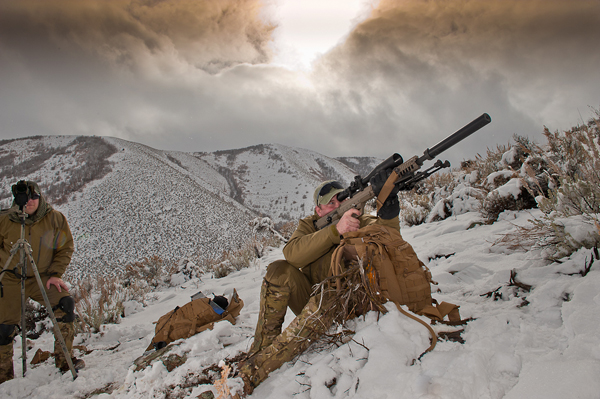
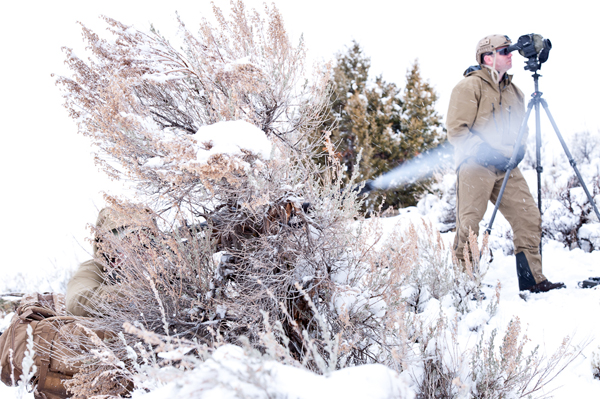
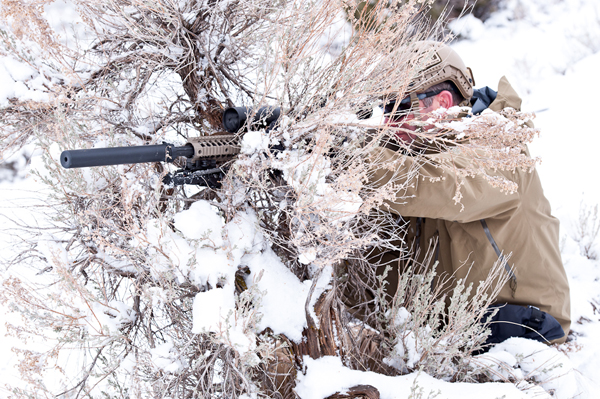
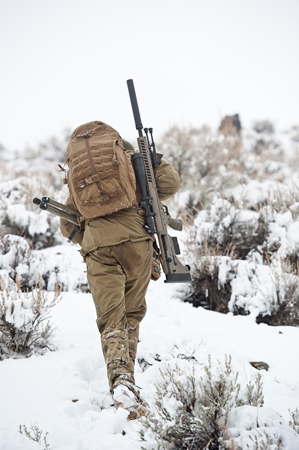
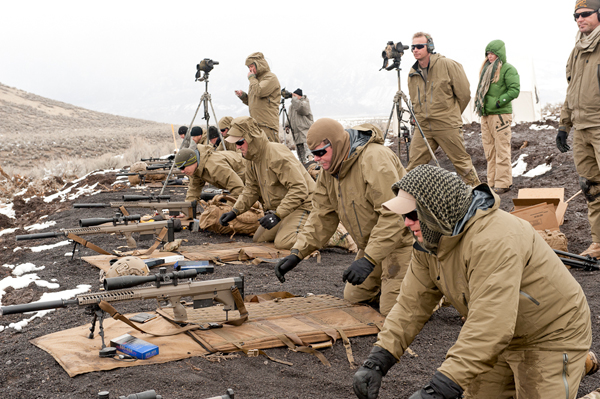
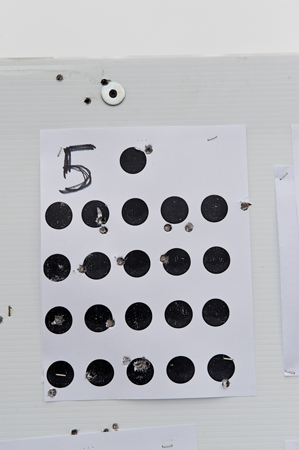
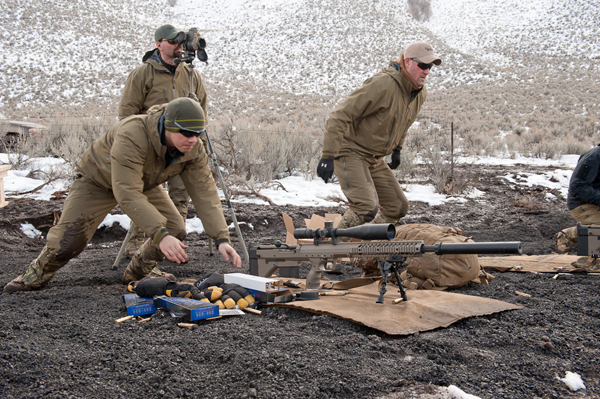
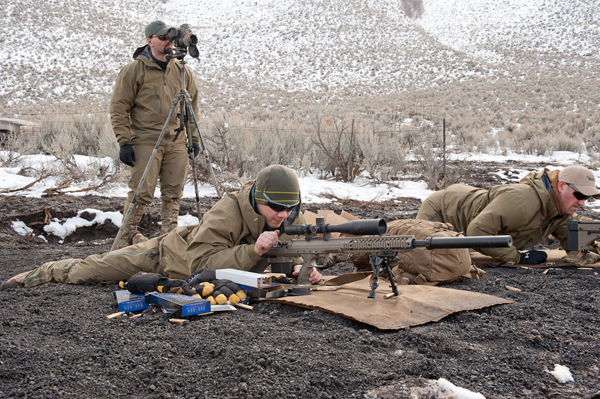
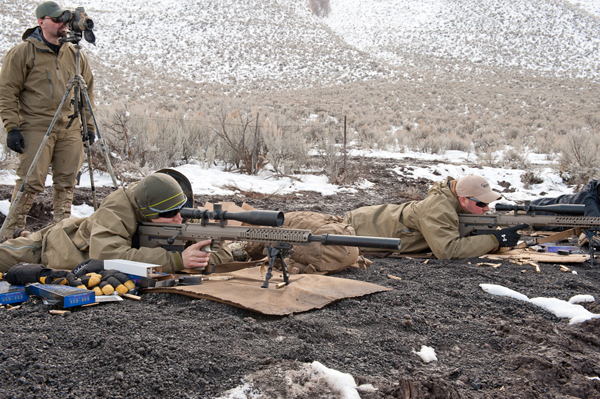
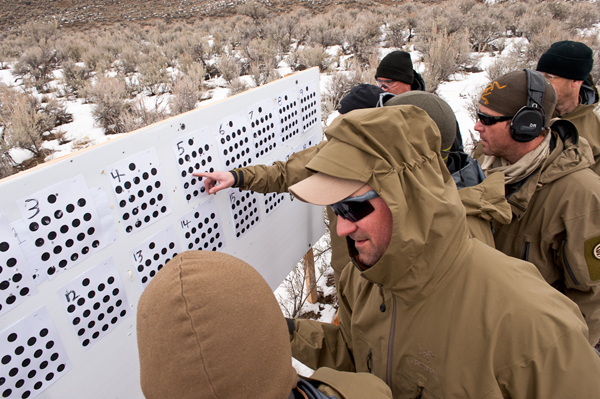
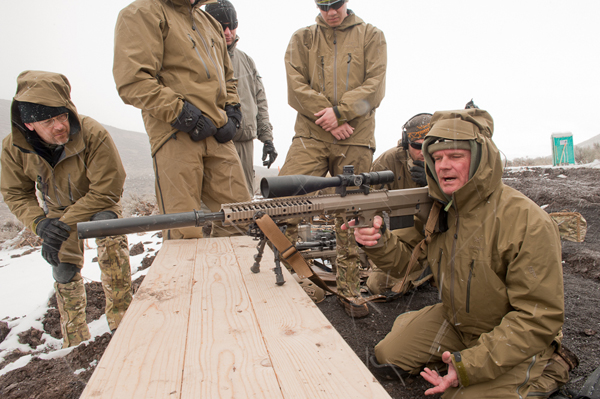
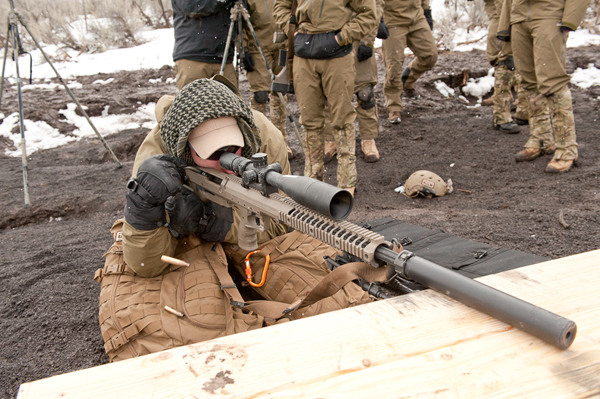
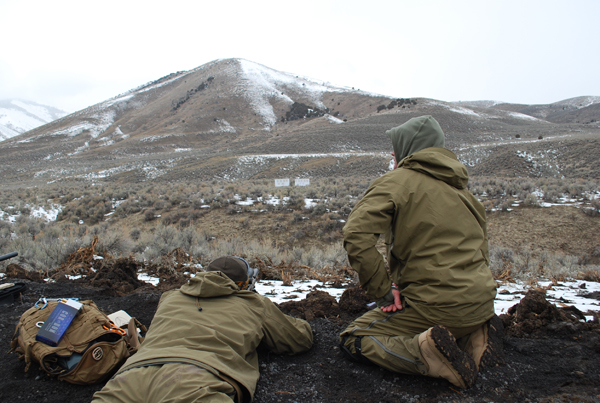
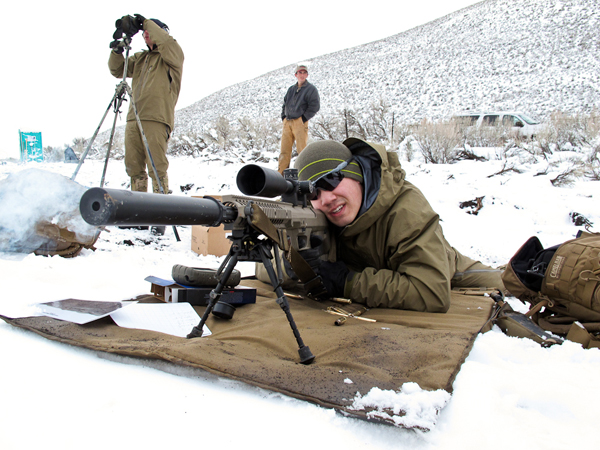
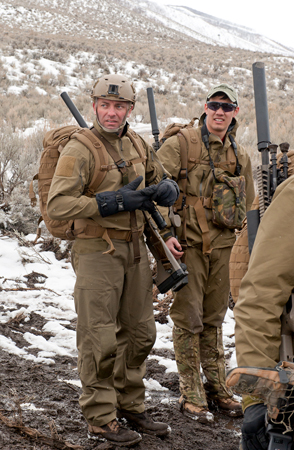
The second half of sniper school had me scaling a canyon wall and taking high-angle shots. Take the shooting tips I learned with you into the field.

